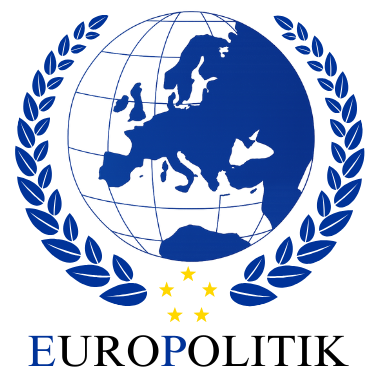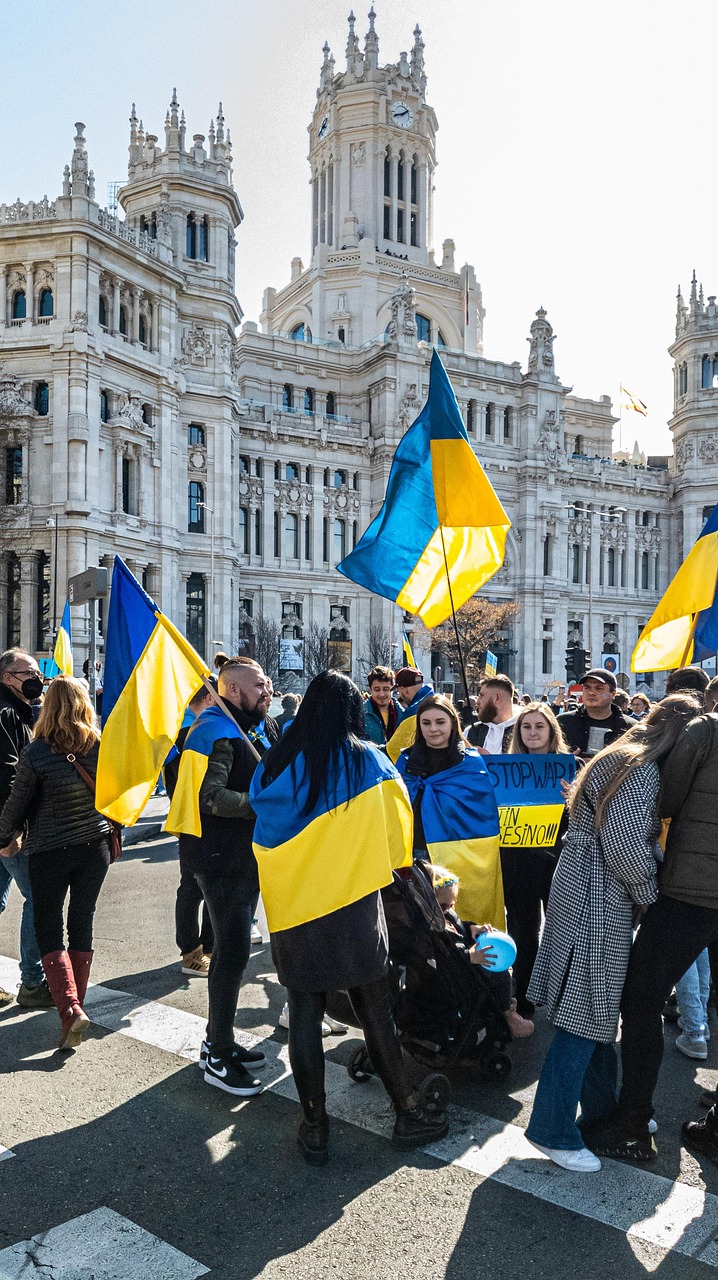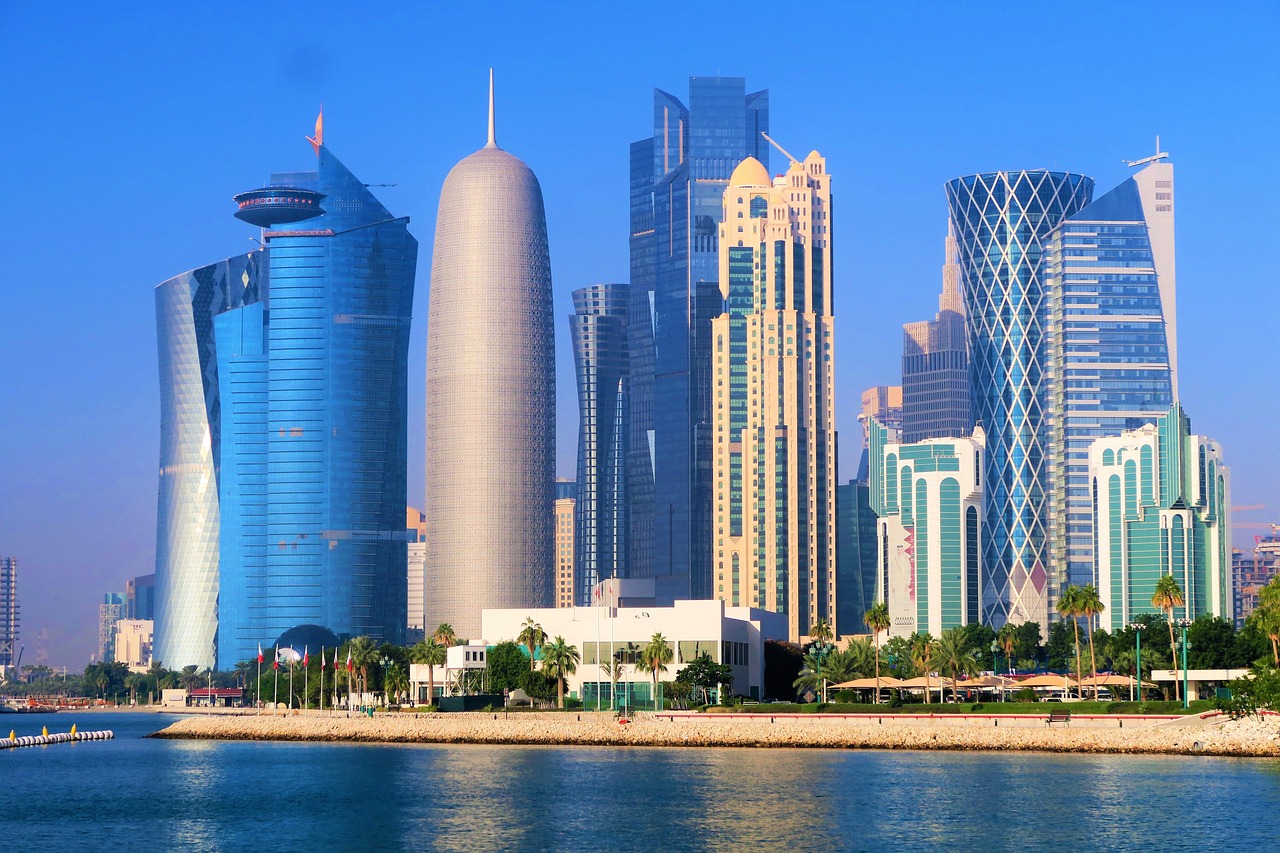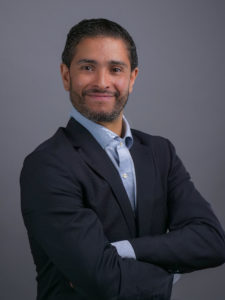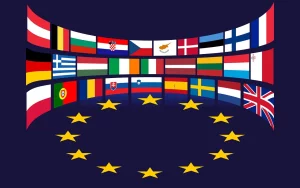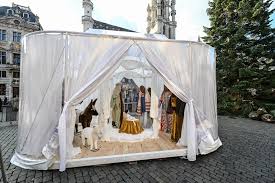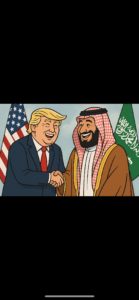We all remember the historic meeting on June 30, 2019, on the demarcation line between North and South Korea, between Kim Jung-un and President Donald Trump during his first term. Never before had an American president crossed the border to enter North Korea and shake hands with its leader. It followed an initial meeting in Singapore on June 12, 2018. The image has remained historic and will be remembered for posterity.
A few days before the expiration of an ultimatum issued by Washington to Moscow, eyes are turning to a scene that few would have dared to imagine just a few months ago: a similar meeting between Donald Trump and Vladimir Putin, one-on-one, to try to break the deadlock in the war in Ukraine. The last time they officially met was in Helsinki, Finland, on July 16, 2018, after the NATO summit in Brussels.
Man to man, a possible way out of the crisis
Beyond the diplomatic shock it represents, this meeting, if it does take place in the coming days, could constitute a major turning point in the conflict, precisely because it is based on an often-ignored conviction: meetings between enemy heads of state can sometimes carry more weight than any armies. The power of face-to-face dialogue between major leaders has become crucial in a world where diluted multilateralism seems increasingly less effective in resolving conflicts, in a global arena where the egos of the world’s leaders feel increasingly uncomfortable. One begins to hope that a decision between two key figures (without Volodymyr Zelensky) will be reached more quickly than a hypothetical United Nations arbitration to stop the bloodshed. As if men could now hope to short-circuit history or make it by dispensing with the international system of 1945, which has now clearly become obsolete.
Donald Trump is not a diplomat in the traditional sense. He doesn’t believe in endless multilateral processes, nor in the waffling of foreign ministers. He believes in people. In their weight, their character, their ability to decide. His previous face-to-face with Kim Jong-un in Singapore, however criticized it may have been, remains a model of diplomatic disruption: for a few months, North Korea suspended its nuclear tests. What decades of negotiations had failed to achieve, a handshake had imposed. For his part, Putin is a political animal forged in the showdown. He despises bureaucracies, weak mediators, and soulless collective formats. He wants to speak as an equal, with someone who doesn’t tremble. Until now, Trump’s special envoy, Steve Witkoff, has been a lesser evil, but he wants more to discuss. With Trump, he finds an interlocutor he knows, understands, and whose strategic brutality he respects. Therein lies the hope: this dialogue could succeed where traditional diplomacy has failed. Because it is direct, frank, without illusions, but perhaps effective.
A possible conversation, a realistic negotiation
What topics could be addressed in this unprecedented face-to-face meeting? Contrary to appearances, there are areas of convergence, or at least shared room for maneuver. Trump, even if he has had few opportunities since returning to the White House last January, wants to refocus America on itself. He has already stated it: he wants to extricate the United States from a costly, unmanageable, and dangerous conflict. He has never been a NATO ideologue, nor a supporter of unconditional support for Ukraine. He could propose a freeze on the conflict, a territorial compromise, already discussed many times—long unacceptable to Kyiv, but one that Ukraine’s European allies will have to accept. Putin, for his part, is seeking an honorable way out. His goal is no longer necessarily to control all of Ukraine, but to ensure that Russia does not lose face or strategic control of Donbass and Crimea. He knows that time is against him: the Russian economy could be depleted, military losses are piling up, China is saturated with this conflict, and public opinion is beginning to crack, even under the guise of propaganda. It is in this brutal realism that the meeting could give birth to a minimal but decisive framework: freezing the fighting, securing buffer zones, and initiating a cold political process. This would not be peace, but the end of the “hot war.” And that, in this context, would already be a historic success.
The Post-Meeting: Between Stabilization and Fracture
If this meeting does indeed result in a joint declaration, a partial ceasefire, or the beginnings of a plan, it would have an immediate geopolitical impact. First, in Ukraine, where the war would enter a new phase—one of diplomatic stagnation, but without daily bombings. Then in the United States, where Trump could claim to be the only one to have “defused” a conflict that Biden allowed to fester, a year before the midterm elections, which MAGA supporters are closely following. Finally, in Russia, where Putin would appear to be the strong man capable of obtaining implicit recognition of his demands. But this hypothesis presupposes one thing: that one dares to speak to one’s enemies. That one goes beyond moral posturing to enter into the hard power struggles. I have always defended this idea in my analyses: one does not make peace with one’s friends, but with one’s adversaries. History is full of precedents: Sadat and Begin, Reagan and Gorbachev, even Sharon and Abbas. Each time, it was impossible outstretched hands that redefined the lines. The alternative is clear: a prolonged conflict, the further fragmentation of Ukraine in the long run, Russian radicalization, and the potential expansion of the war zone, by proxy or by accident.
In this increasingly polarized, de-ideologized, and brutal world, pragmatism is perhaps the last form of diplomatic wisdom. A face-off between two figures as controversial as Trump and Putin may well be, paradoxically, the only format capable of changing the situation. If Trump and Putin can help avoid this, then their method or posture matters little: only the outcome matters.
